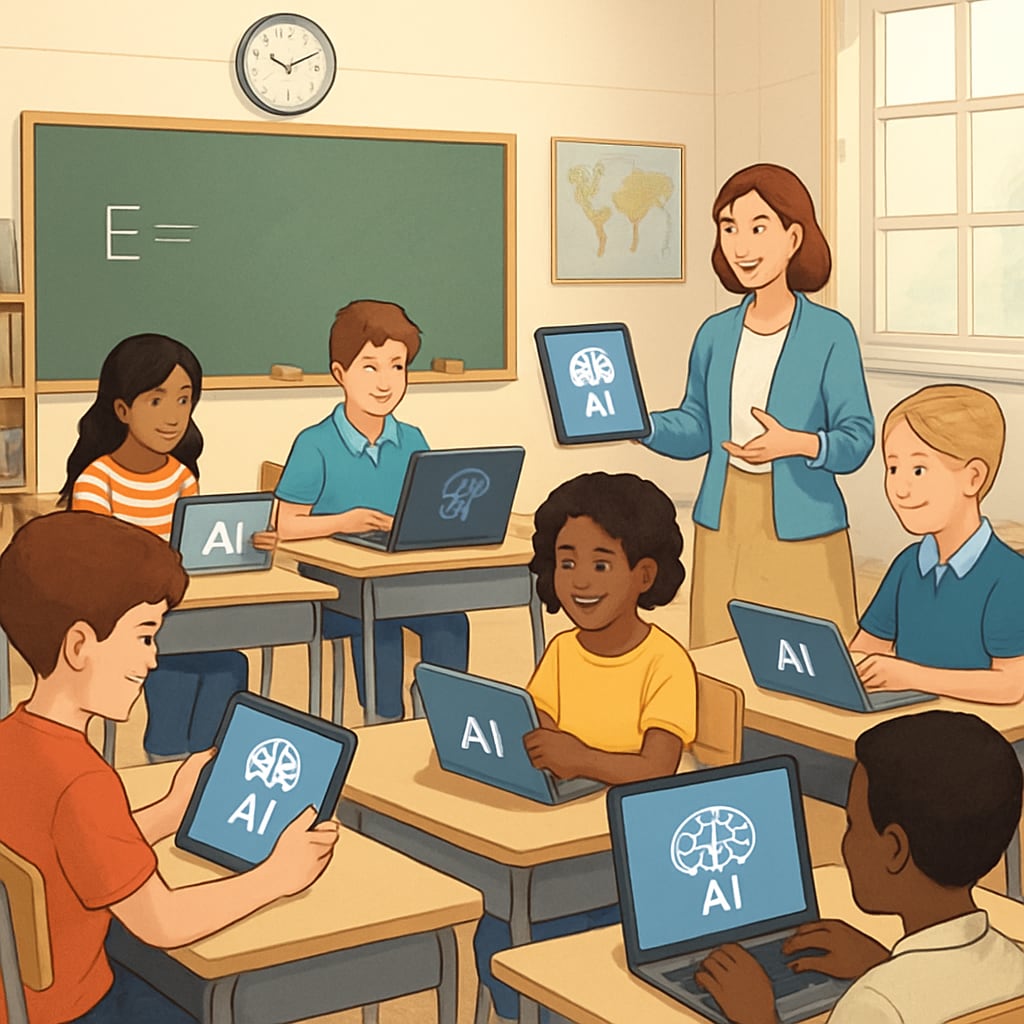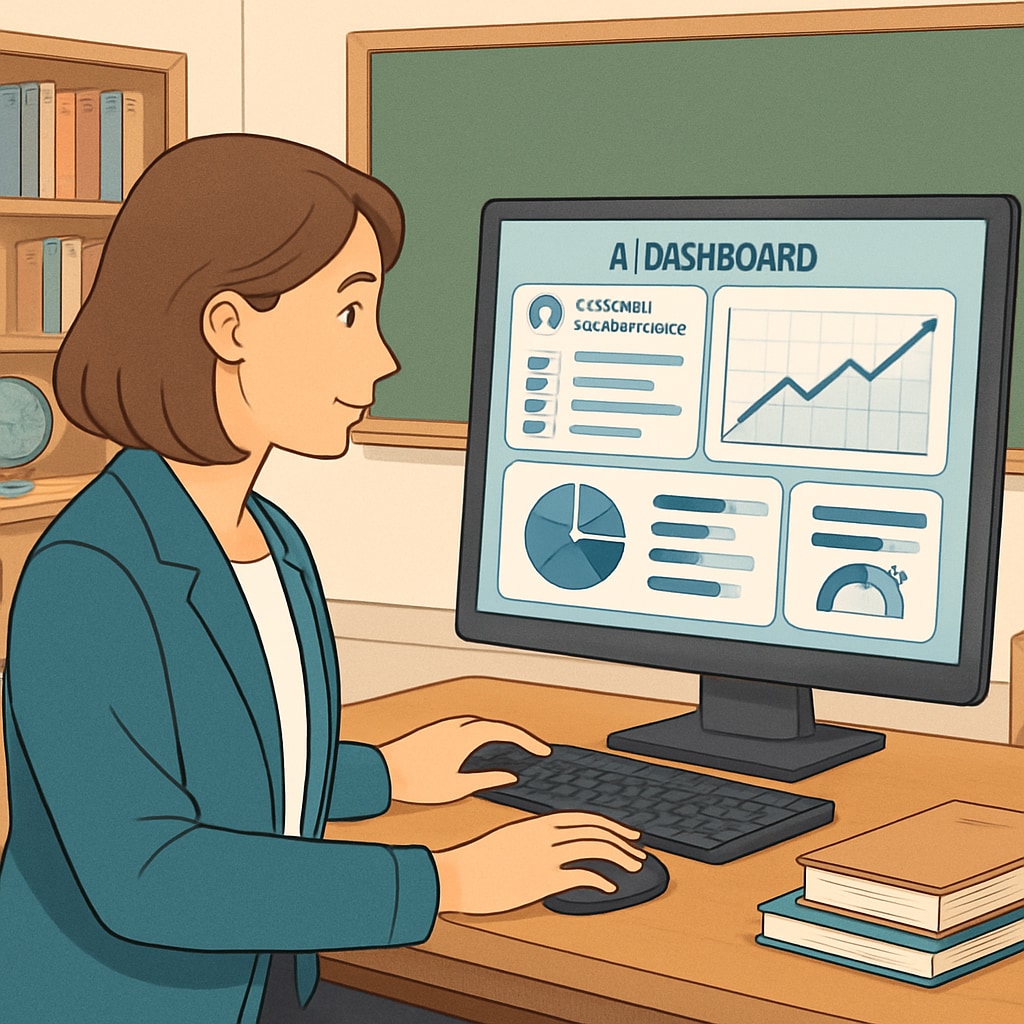Artificial intelligence (AI) is already revolutionizing industries, but its impact on school education, particularly in K-12 classrooms, is poised to be transformative. From personalized learning to redefining teacher roles, AI is expected to reshape how children learn and how educators teach over the next 5 to 10 years. This article dives into five key areas where AI will bring significant changes to education, offering insights for educators and parents to prepare for the future.
1. Personalized Learning Tailored to Every Student
Personalized learning has been a goal for educators for decades, but AI is finally making it achievable. AI-powered systems can analyze individual student data, including their learning pace, preferences, and areas of difficulty, to create customized learning paths. For example, platforms like Khan Academy already use AI tools to provide personalized practice exercises based on a student’s performance.
With AI, students will receive tailored recommendations, adaptive assessments, and real-time feedback, ensuring they master concepts before moving on to more advanced topics. This approach not only enhances academic outcomes but also boosts student engagement by addressing their unique needs.

2. Redefining the Role of Teachers
While AI will automate many administrative tasks, such as grading and lesson planning, it won’t replace teachers. Instead, it will redefine their roles. Teachers will shift from being knowledge providers to facilitators of deeper learning and critical thinking. For example, AI can handle repetitive tasks, allowing teachers to focus on mentoring and emotional support for students.
Furthermore, AI-driven tools can provide educators with actionable insights into their students’ progress. Teachers can use this data to identify struggling learners and implement targeted interventions. As a result, the teacher’s role will become more dynamic and focused on fostering creativity and collaboration.

3. Innovative Assessment Methods
Traditional exams often fail to capture the full spectrum of a student’s abilities. AI is set to revolutionize assessment methods by offering more comprehensive and continuous evaluations. For instance, AI tools can track a student’s performance over time, providing insights into their critical thinking, creativity, and problem-solving skills.
AI-powered assessments can also reduce bias and enhance fairness by analyzing objective data rather than relying solely on subjective grading. Platforms like EdX are already exploring AI-driven evaluation techniques, offering adaptive testing and performance analysis for students worldwide.
4. Bridging Educational Gaps
Education inequality remains a challenge globally, but AI has the potential to bridge these gaps. AI-powered learning solutions can offer quality education resources to underserved communities, even in remote areas. For example, AI translation tools can help students access learning materials in their native languages, breaking down language barriers.
Additionally, AI-driven platforms can be scaled to provide affordable tutoring and learning support, ensuring all students have access to high-quality education regardless of geographic or economic constraints.
5. Preparing Students for an AI-Driven Future
As AI becomes increasingly integrated into everyday life, schools will need to prepare students for an AI-driven workforce. This includes teaching them technical skills like coding and AI fundamentals, as well as fostering soft skills such as adaptability, collaboration, and ethical decision-making.
Educational institutions will also need to integrate AI ethics into their curriculum, helping students understand the implications of AI technologies on society and equipping them to navigate future challenges responsibly.
Conclusion: Artificial intelligence is poised to redefine K-12 education in profound ways. From personalized learning to innovative assessments, AI offers opportunities to enhance teaching and learning experiences while addressing long-standing challenges in education. However, it’s crucial for educators and parents to actively engage with these changes to ensure AI is leveraged responsibly and effectively in the classroom.
Readability guidance: Short paragraphs and clear headings improve readability. Including descriptive examples, external links for credibility, and visual aids ensures the content is both engaging and informative.


